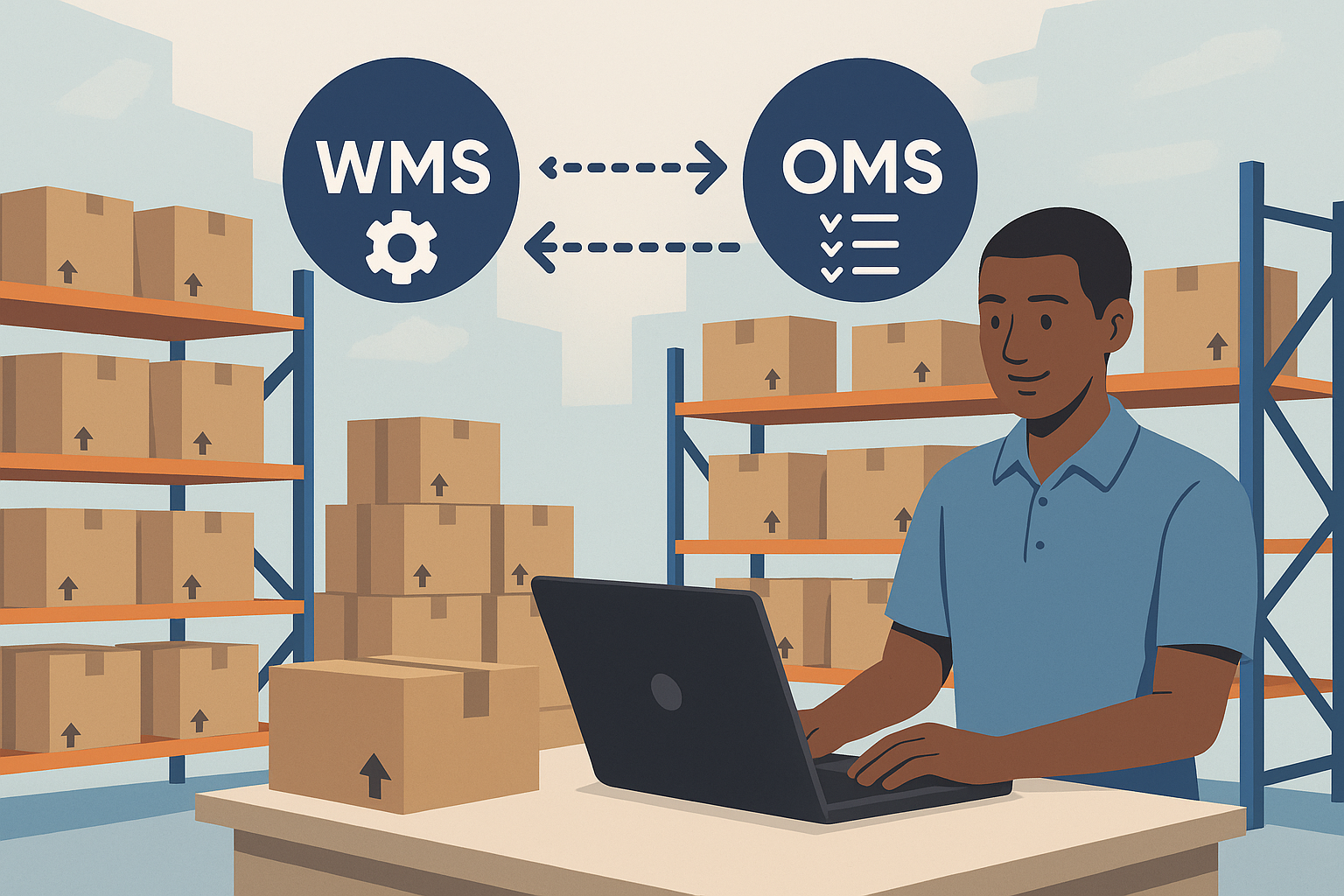In today’s multi-channel eCommerce world, fulfillment excellence isn’t just a buzzword—it’s a hard expectation. Yet, even the savviest operators often discover just how fragile their backend can be, especially when their warehouse management system (WMS) and order management system (OMS) aren’t speaking the same language. Disconnected systems lead to oversells, missed SLAs, and operational glitches that erode profits and customer trust.
The reality is that smooth fulfillment depends on breaking down the silos between your WMS and OMS. Integration between the two transforms fulfillment from a series of firefights into a seamless flow of orders, picking, packing, and shipping. It eliminates duplication, reduces manual errors, and delivers transparency across every step.
If you’ve found yourself wondering how to align warehouse logistics with omnichannel order flow—or how to finally ensure your systems work together instead of against each other—this essay is for you. We’ll walk through why WMS–OMS integration matters, how it actually improves efficiency, customer satisfaction, and margins, and how modern platforms like SKU.io offer that bridge without turning your workflow into a Frankenstein stack.
Why Disconnected Systems Cost More Than You Think
When an OMS and WMS operate in isolation, you’re living in two parallel worlds: the OMS thinks the order is locked and loaded; the WMS hasn’t received it yet. The result is slow pick lists, misrouted inventory, and deliveries that miss the window you promised. As industry consultants at Extensiv note, WMS manages warehouse tasks while OMS orchestrates order flows—and when they don’t share real-time data, everything feels slower and less accurate Deposco+1Extensiv.
Integration resolves that. OMS feeding orders into WMS via API updates keeps stock data live and status flows seamless fabric Inc.. When your systems speak, your operations run smoother, faster, and more profitably.
Seamless Fulfillment Means Better Speed and Accuracy
Once you integrate your OMS and WMS, magic happens. No more manual corrections when restocking or syncing order statuses. You gain live visibility, where order placement, warehouse processing, and shipment tracking are all legible with one glance. Studies show that integrated OMS–WMS setups reduce overhead, enhance warehouse efficiency, and raise order accuracy significantly.
With integration, your WMS isn’t just a shelf manager; it’s part of a decision engine that knows what to pick, where to ship it from, and why. It helps everyone avoid errors before they happen.
An Integrated Fulfillment System Elevates Customer Trust
Customers don’t expect perfection—they expect honesty. When an order moves through an integrated delivery pipeline, every update feels intentional and visible. That kind of transparency isn’t an add-on—it’s operational default. As Deposco points out, pairing OMS and WMS offers real-time inventory visibility and better stock allocation, which reduces overselling and boosts fulfillment confidence Deposco.
When your fulfillment is consistent, your brand reputation strengthens. You spend less time catching problems and more time delivering excellence.
WMS–OMS Isn’t Optional—It’s Foundational
In the fast-paced retail tempo we operate under, every minute of delay is a margin lost. Disconnected systems slow you down because every process ends up requiring human handoffs—checking pick lists, reconciling inventory, or manually tracking fulfillment statuses. Research consistently highlights that firms combining WMS and OMS reduce processing delays and improve customer satisfaction omniful.ai.
A fully integrated backend isn’t a luxury—it’s what separates competitive brands from struggling operations.
Choose Modern Platforms—Connect, Don’t Patch
Legacy systems may be on-prem, fragmented, or lacking APIs. The real growth signals operators tune into are agility and adaptability. That’s why platforms like SKU.io are game-changers—they exist as your operational backbone, making your OMS–WMS integration not an IT emergency, but an alignment of workflows.
SKU.io brings all operational data through one hub—inventory, orders, fulfillment —via smart API integrations. You manage fulfillment, transfers, and returns with visibility and orchestration—all without brittle manual processes sku.io.
Final Word: Fulfillment Excellence Doesn’t Just Happen
If your order flow feels fragile or your warehouse always seems one step behind, it’s likely your systems aren’t talking. Closing that gap transforms operations. Integrated WMS and OMS equals faster orders, fewer errors, happier customers, and better margin control.
Curious how a unified platform like SKU.io can make your fulfillment seamless and scalable? Book a 15-minute demo and see how aligned systems build lasting operational peace, not more headaches.
